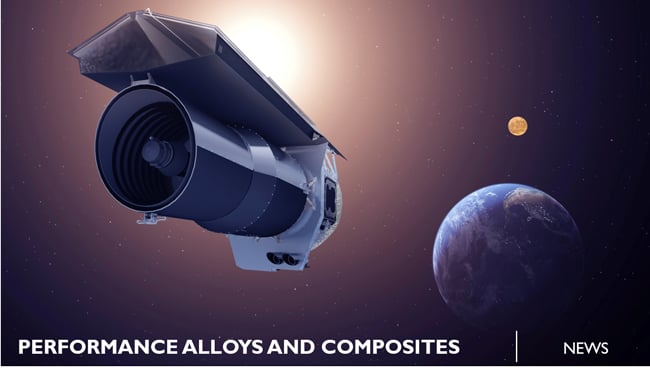Author: Keith Smith, VP

Materion’s legacy in space exploration is one that is well established. What you may not know, though, is that NASA’s Spitzer Space Telescope, whose beryllium mirror was proudly produced by Materion, was recently retired, ceasing all scientific operations on January 30, 2020. Launched in 2003, the Spitzer Infrared Telescope was part of NASA’s Great Observatories program, demonstrating the power of using different wavelengths of light to create a fuller picture of the universe. It taught us about the cosmos and how the universe works, even addressing questions of our origins and whether or not we are alone.
As Materion’s Vice President of Space, Nuclear, and Scientific Marketing, I was honored to lead the team that produced Spitzer’s beryllium mirror. This talented team helped create the beryllium blanks which enabled the creation of a lightweight, exceptionally thin, bare polished beryllium mirror with an unsupported edge to be used in the Spitzer Space Telescope. Design discussions began in 1996, with a finished product in 2000, and finally the official launch into space in 2003.
Spitzer, launched on a rocket to orbit 300 miles from Earth, was expected to last around two years. It studied comets and asteroids and even found a previously unidentified ring around Saturn. Its best-known work is perhaps the detection of the seven Earth-sized planets in the TRAPPIST-1 system—the largest number of terrestrial planets ever found orbiting a single star—and determining their masses and densities.
None of these scientific contributions would have been possible without Spitzer’s pure beryllium primary mirror, secondary mirror, and metering tower—and this integral mirror would not have been possible without beryllium. NASA used beryllium due to the high reflectance of the telescope’s infrared lens, allowing it to see things in the sky that we cannot see with our eyes.
Follow us on LinkedIn for additional updates and articles.